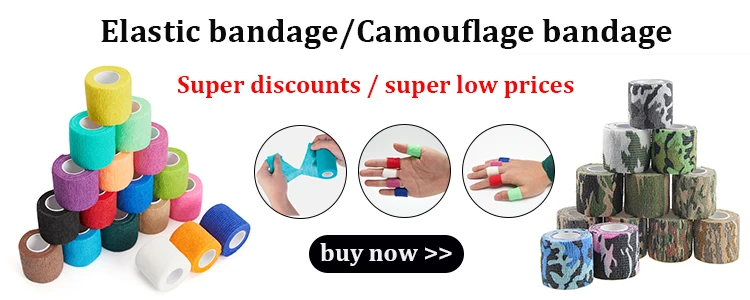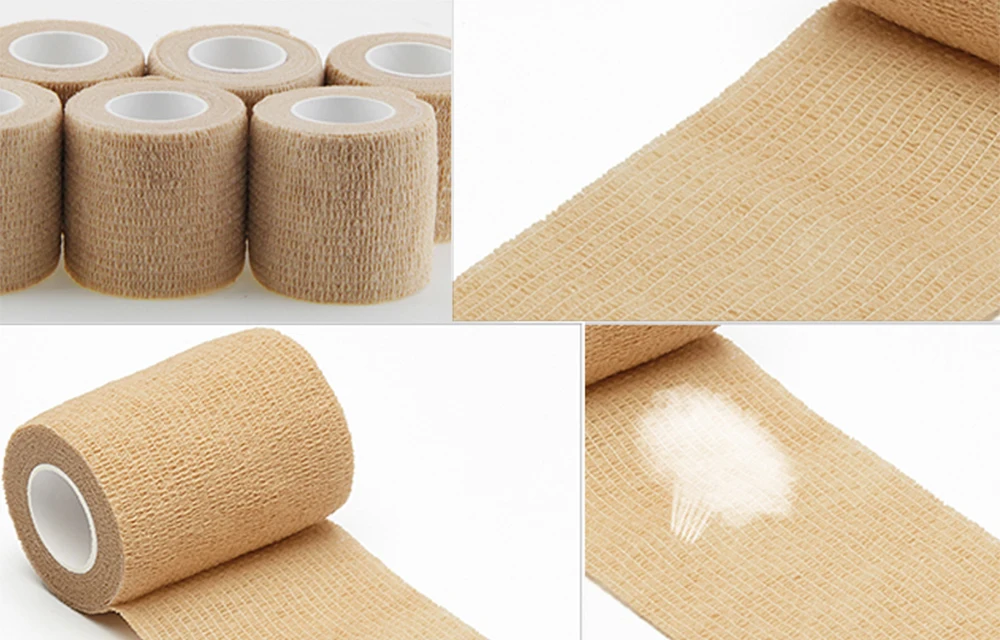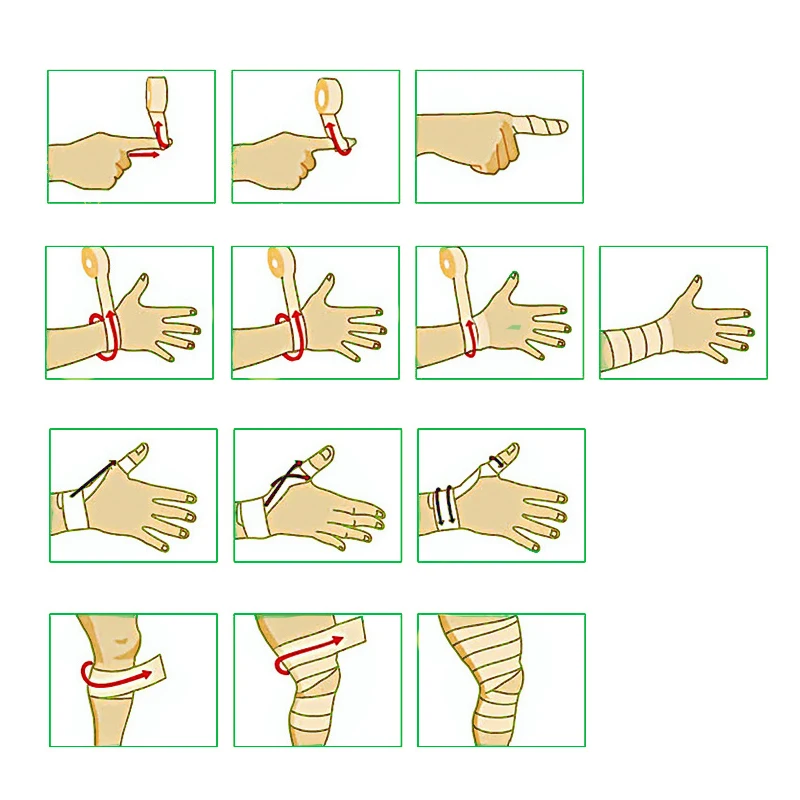Grenlor
1Pcs Bandage Tape
1Pcs Bandage Tape
Couldn't load pickup availability
This Elastic Bandage is a versatile, self-locking solution that offers reliable support for various activities, including boxing or Muay Thai training. Made from high-quality materials, it features kinesiology tape and adhesive plaster for added durability and comfort. The perfect choice for handwraps and other boxing tape needs.
SPECIFICATIONS
Brand Name: Grenlor
Origin: Mainland China
Material: non-woven fabrics
Model Number: SCS3117 Dropshipping
scenes to be used 1: Sports Bandage
scenes to be used 2: Medical Bandage
Function: Protection
Features: Self Adhesive Elastic

---

-----------













Instructions for use
1. This type of bandage has a self-adhesive function, which can be directly pasted by covering the previous layer of bandage.
2. Be careful not to over-tighten in order to maintain a good and comfortable protective effect without affecting your flexibility during exercise.
3. Note that the bandage used at the end of the bandaging action should not be stretched vigorously to prevent the bandage from coming off due to excessive tension.
4. Keep the skin clean and dry before taping.
5.When removing the patch, do not pull it hard, it is recommended to tear it off slowly and gradually.
Bandage method
1. Ring bandaging method
It is used on small or cylindrical parts of the skin, such as hands, feet, wrists and forehead. It is also used at the beginning of various dressings. Roll the bandage upwards, hold it with your right hand, unfold the bandage about 8 cm, fix the head end of the bandage with your left thumb, and wrap the part in a continuous ring with your right hand. The number of rolls depends on your needs. Use a twisted cloth to fix the end of the bandage.
2. Spiral bandaging method
Used for parts with approximately equal circumferences, such as upper arms, fingers, etc. Starting from the distal end, wrap the two rolls in a circular shape, and then wrap them in a 30-fold spiral toward the proximal end. Each roll overlaps the previous roll by 2/3, and the end is fixed with tape. In the absence of bandages or temporary fixation of splints, the bandages do not cover each other every week, which is called snake bandaging.
3. Spiral reflex bandaging method
Used on parts with different circumferences, such as forearms, calves, thighs, etc., start with two rounds of circular bandaging, then spiral bandaging, and then press the middle of the tape with one thumb, and turn the tape from that point with the other hand Fold down to cover 1/3 or 2/3 of the previous week. Each reflex must be neatly arranged in a straight line, but each reflex should not be at the wound and bone protuberance.
4. ''8'' shape bandaging method
Used for bandaging and fixing clavicle fractures in joints such as shoulders, elbows, wrists, heels, etc. Take the elbow joint as an example. First wrap 2 rolls in the middle of the joint. Wrap the bandage first to the top of the joint, then to the flexion side below the joint, and then to the flexion side of the skin body, and then to the top of the joint, and so on. , Present, 8 wears are continuously bandaged up and down the joints, each roll overlaps the previous roll by 2/3, and finally 2 rolls are bandaged circularly above the joints, and tape is fixed.
5. Reverse bandaging method
It is used for the top of the head, the fingertips and the stump of the skin body. It is a series of left and right or front and back bandaging. After all the bandaged parts are covered, the ring bandage is performed.
Share

























































